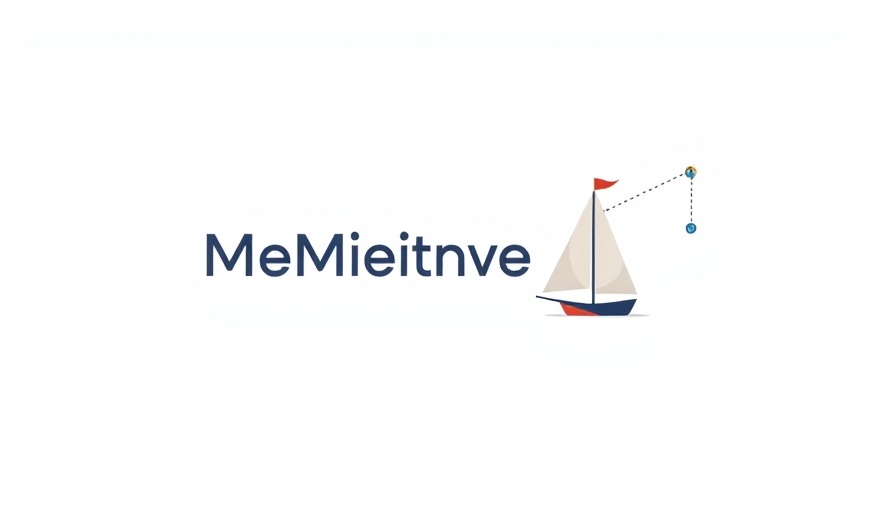
Understanding the AI Backlash at YouTube
In a revealing recent incident, YouTube faced significant backlash from content creators after it began enhancing videos using AI, without explicitly informing those creators. Background context sets the stage for a larger conversation about how companies like YouTube and Netflix are approaching the integration of AI in media. Critics of this AI usage at YouTube voiced concerns that such alterations were not only unauthorized but also risked changing the perception of authenticity in video content. This has raised questions not just about creators' rights, but also about the broader implications of AI in shaping our understanding of reality.
In 'What AI Backlash at YouTube Can Teach Other Companies', the discussion dives into the complex implications of AI enhancements in media, which prompted us to explore these insights further.
AI: Enhancing Content or Distorting Reality?
YouTube's recent AI enhancements have sparked discomfort among artists, who argue that the adjustments create a misleading impression of their original works. Concerns regarding artifacts introduced by AI technologies might compromise the integrity of the creator's vision, further fueling the narrative that AI could lead us away from genuine human expression. This dilemma resonates deeply as it marks a turning point in the relationship between digital platforms and their content creators.
Netflix's Responsible Guidelines for AI Use
In contrast to YouTube's handling of AI, Netflix is proactively shaping a responsible framework for its AI applications by introducing guidelines that address creators' concerns. Netflix CEO Ted Sarandos underscored that AI should serve as a tool to enhance creators’ output rather than replace them. This philosophy led Netflix to embark on ambitious projects using AI for visual effects across their productions, demonstrating an intention to leverage AI positively. The guiding principles for their generative AI use aim to maintain ethical standards, protecting copyrights while emphasizing collaboration with creators.
The Balancing Act: Innovation vs. Integrity
The discord unfolding around YouTube highlights a growing trend where AI, while offering powerful tools for enhancement, raises ethical dilemmas regarding consent and authenticity. The user outcry represents a critical point of reflection: as AI integrates itself more deeply into these platforms, safeguarding creative integrity must remain at the forefront. By taking initiative to engage with their creators, companies can navigate these complexities responsibly.
Implications for Business Owners in Media
For modern business owners, understanding this pivot in the AI narrative is essential. Those looking to integrate AI into their operations need to recognize that ethical considerations shouldn't be an afterthought. By developing transparent policies and fostering a culture of collaboration, companies could lead the way in building trust around their AI implementations. Such strategies could evolve into significant competitive advantages in an increasingly digital landscape.
The Future: How AI Will Reshape Media
As we navigate the complexities of AI in the media landscape, the 2026 vision of a more focused discussion on how to use AI effectively appears promising. While the current debates dominate the dialogue, the anticipation of innovative solutions and successful frameworks will allow for a healthier exploration of AI's potentials. Companies across the spectrum should see this as an opportunity not just to innovate technologically, but to consider the social impacts of their tools and practices.
Actionable Insights for Adoption of AI
In light of the unfolding narrative, it’s crucial for business owners to embrace AI now. By taking advantage of the latest technologies available, they can enhance their operational efficiencies and improve customer experiences. Tools that provide AI reviews can help bridge the gap, offering critical insights into the functionality and effectiveness of generative AI systems. As the lines between authenticity and enhancement continue to blur, the proactive integration of AI will set leaders apart in their respective industries.
 Add Row
Add Row  Add
Add 




Write A Comment